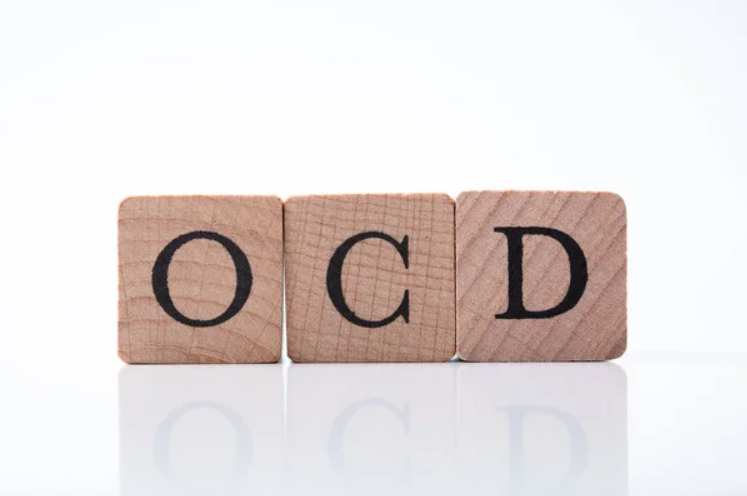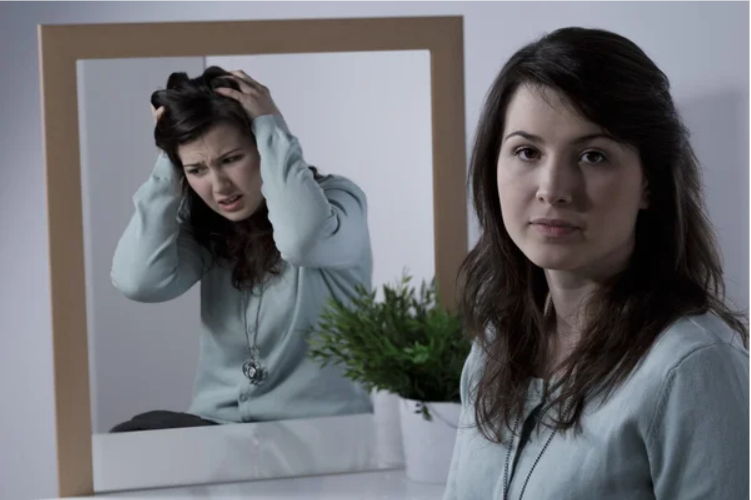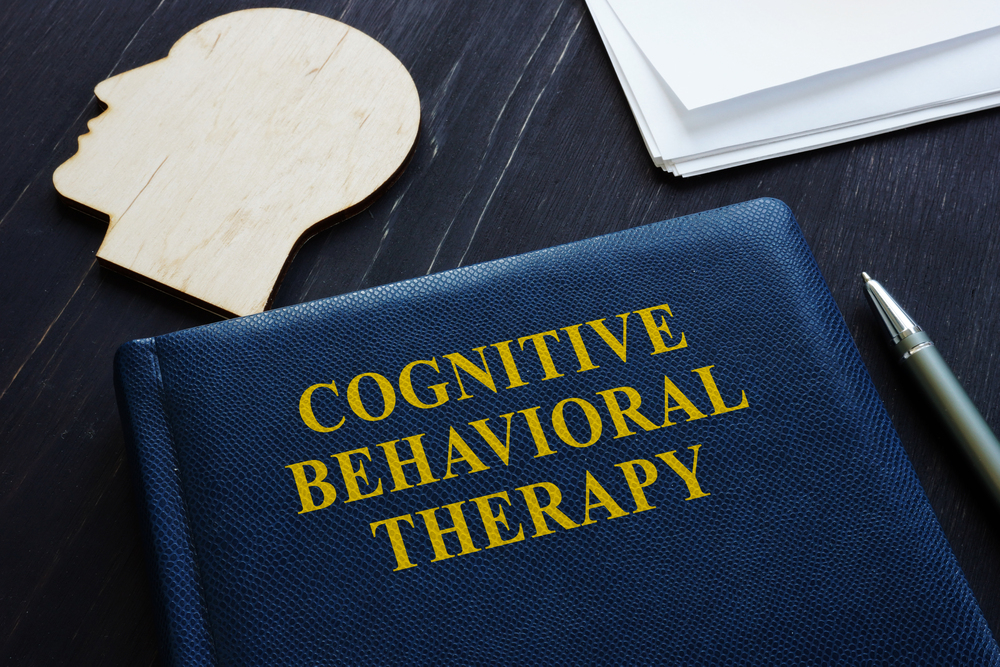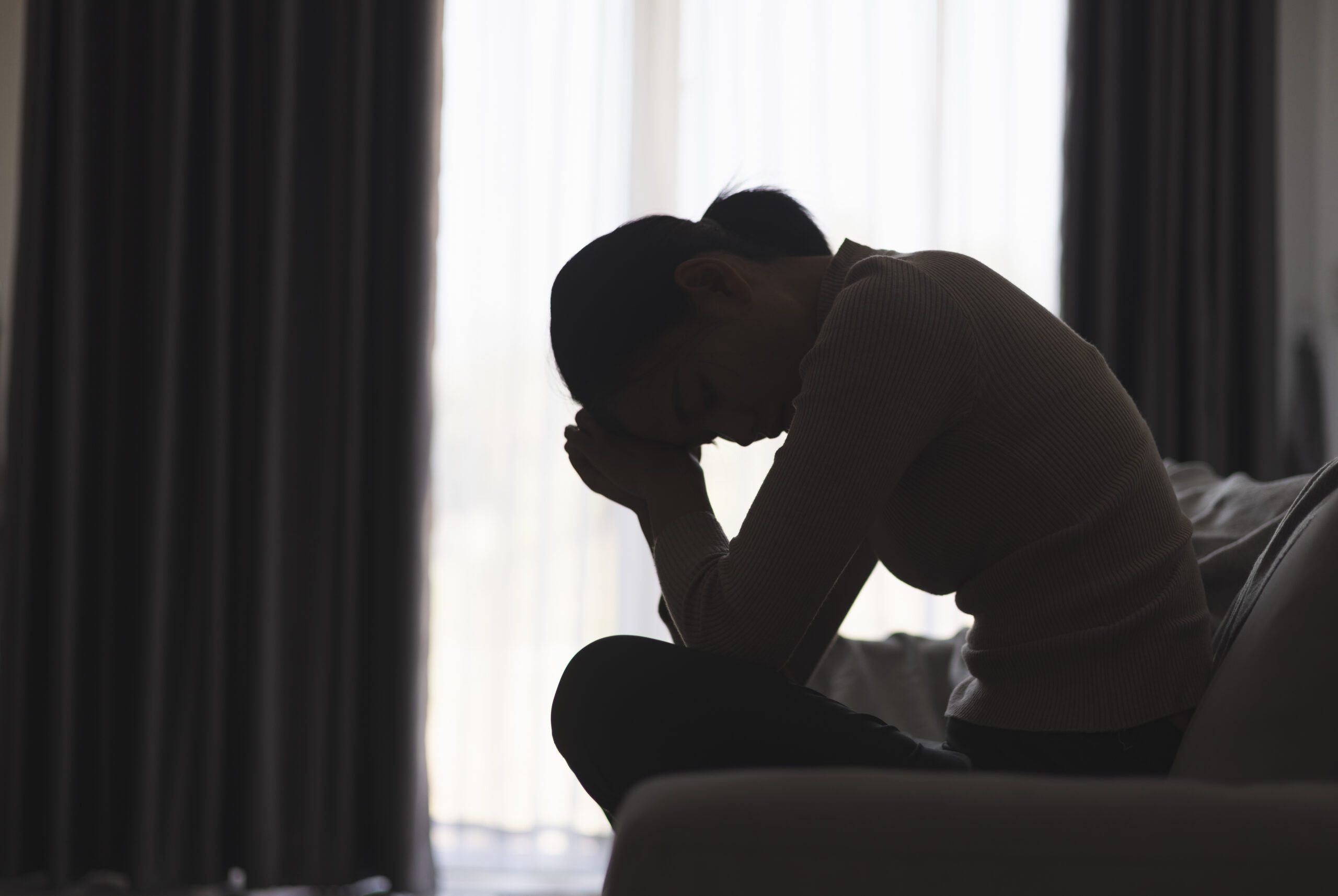Have you ever had a thought that just wouldn’t go away? A nagging worry that kept circling in your mind, no matter how hard you tried to push it aside? For people with obsessive-compulsive disorder (OCD), these kinds of intrusive thoughts are a constant reality. But what is obsessive-compulsive disorder (OCD)? It’s so much more than just being a “neat freak” or double-checking that you locked the front door. It’s a complex and often misunderstood mental health condition that can have a profound impact on every aspect of a person’s life.
In this comprehensive guide, we’ll dive deep into the world of OCD – exploring what it is, the difference between OCD and OCPD, its causes, the symptoms of OCD, and the various treatment options available. Whether you’re struggling with OCD yourself or seeking to support a loved one, we hope this article will provide the information and insights you need.
For those considering treatment options, it’s worth noting that IOP Recovery programs can be an effective approach for managing OCD symptoms while maintaining daily routines. Let’s get started!
What is Obsessive-Compulsive Disorder (OCD)?

Obsessive-compulsive disorder (OCD) is an anxiety disorder characterized by uncontrollable, recurring thoughts (obsessions) and/or behaviors (compulsions) that a person feels compelled to repeat over and over. These obsessions and compulsions can consume a huge amount of time and energy, interfering with daily activities and causing significant distress.
It’s important to understand that OCD obsessions are not just everyday worries or concerns. They are persistent, unwanted thoughts, images, or urges that trigger intensely distressing feelings. Common obsessions in OCD include:
- Fear of contamination or germs
- Excessive concern with order, symmetry, or precision
- Unwanted aggressive or sexual thoughts
- Distressing religious or moral thoughts (scrupulosity)
In an attempt to ease the anxiety caused by these obsessions, people with OCD often engage in repetitive behaviors or mental acts known as compulsions. Common compulsions include:
- Excessive cleaning or hand washing
- Repeatedly checking things (e.g., locks, appliances, homework)
- Arranging or ordering things in a precise way
- Compulsive counting or repeating certain words/phrases
- Hoarding or collecting items with no apparent value
The OCD Cycle: Obsessions, Anxiety, Compulsions, Relief
One helpful way to understand OCD is by looking at the cycle that sustains it:
- Obsession: An intrusive, unwanted thought, image, or urge enters the mind.
- Anxiety: The obsession triggers intense feelings of anxiety, dread, disgust, or distress.
- Compulsion: In an attempt to neutralize the anxiety, the person engages in a compulsive behavior or mental act.
- Relief: The compulsion provides temporary relief from anxiety, but…
- Reinforcement: …this relief reinforces the compulsive behavior, increasing the likelihood it will be repeated next time the obsession arises.
The Difference Between OCD and OCPD
One common misconception is that OCD and obsessive-compulsive personality disorder (OCPD) are the same thing. While they share some similarities, it’s important to understand the difference between OCD and OCPD:
- OCD is an anxiety disorder characterized by intrusive thoughts and time-consuming compulsions.
- OCPD, on the other hand, is a personality disorder marked by extreme perfectionism, rigid thinking, and a preoccupation with order and control.
Some key differences between the two:
| OCD | OCPD |
| Presence of true obsessions and compulsions | Absence of true obsessions and compulsions |
| Obsessions and compulsions are distressing and unwanted | Rigidity and need for control are egosyntonic (in line with the individual’s self-image) |
| Obsessive thoughts are usually irrational or unrealistic | Preoccupations are usually somewhat realistic (e.g., punctuality, perfectionism) |
| Behavior is driven by a desire to relieve anxiety | Behavior is driven by a desire for perfection and control |
While it’s possible for someone to have both OCD and OCPD, it’s crucial not to conflate the two conditions. They arise from different underlying factors and require different approaches to treatment.
Symptoms of OCD

So what does OCD actually look like in practice? The specific obsessions and compulsions can vary widely from person to person, but there are some common themes. Let’s take a closer look at some of the most prevalent signs of OCD. For individuals struggling with these symptoms, seeking mental health treatment is crucial for managing and alleviating the impact of OCD on daily life.
It’s important to note that obsessive compulsive personality disorder symptoms can sometimes be confused with OCD, but they are distinct conditions with different diagnostic criteria and treatment approaches.
Obsessions in OCD
Obsessions in OCD are recurrent, persistent thoughts, images, or impulses that are intrusive and unwanted. They are not just excessive worries about real-life problems. Some common obsessions include:
- Contamination: Intense fear of germs, dirt, or contaminants. May fear becoming ill or spreading contamination to others.
- Losing Control: Fear of acting on an impulse to harm oneself or others. May have intrusive violent or sexual images.
- Perfectionism: Concern with exactness, symmetry, or a need to have things “just right.” Fear of losing or forgetting important information.
- Religious Obsessions (Scrupulosity): Excessive concern with offending God or blasphemy. May have intrusive sacrilegious thoughts.
- Harm: Fear of being responsible for something terrible happening (e.g., a fire or burglary). Excessive concern with inadvertently causing harm.
These obsessions are not simply excessive worries about real problems in your life or liking to have things clean or arranged in a specific way. They are intrusive, persistent, and unwanted thoughts that cause significant anxiety and distress.




















